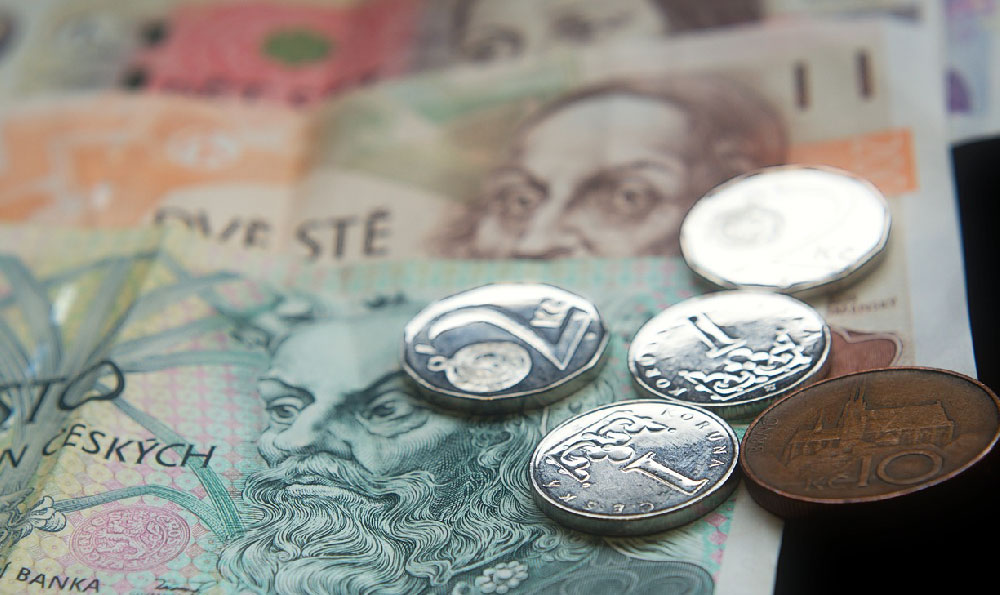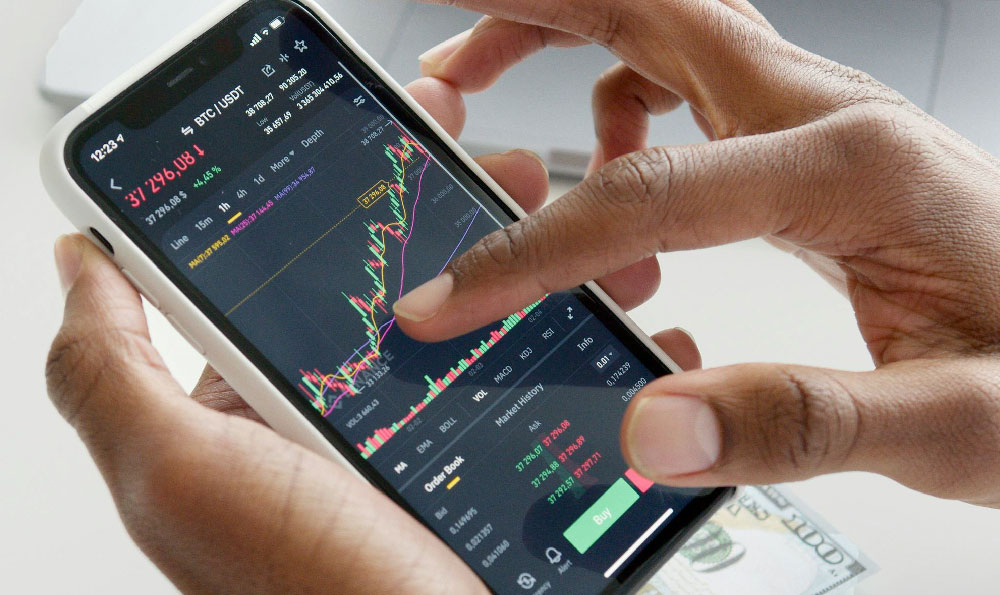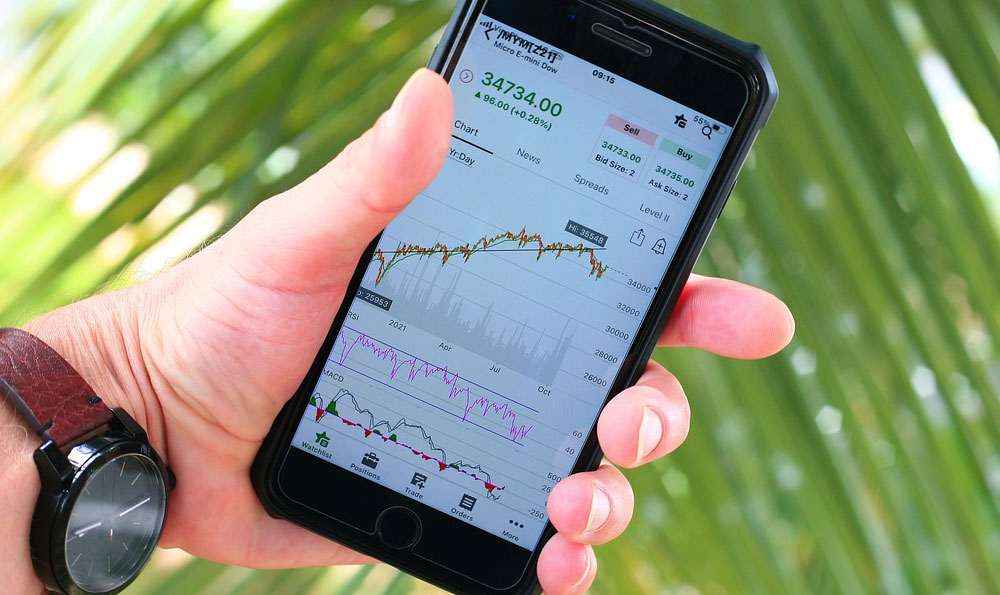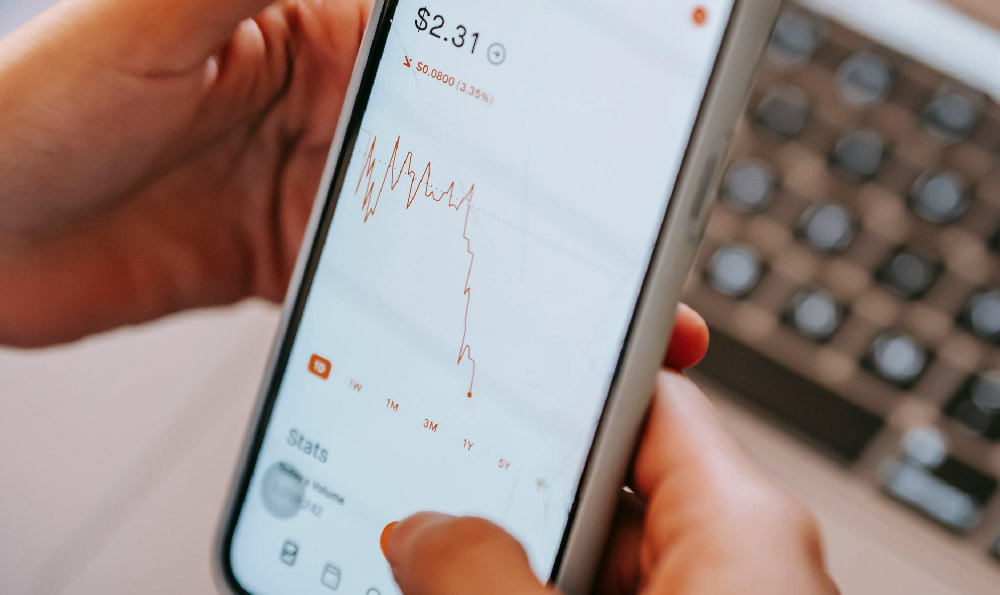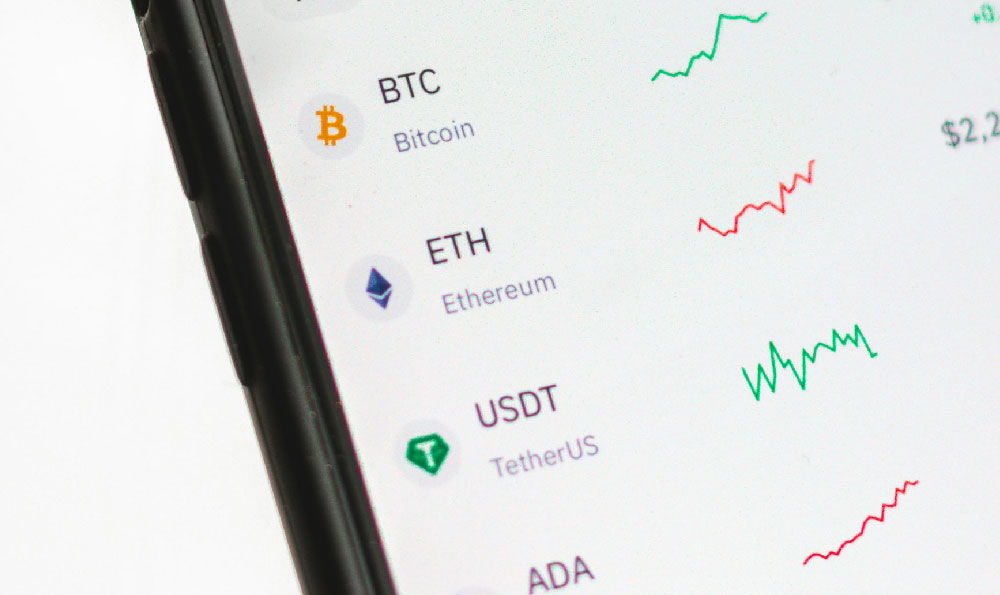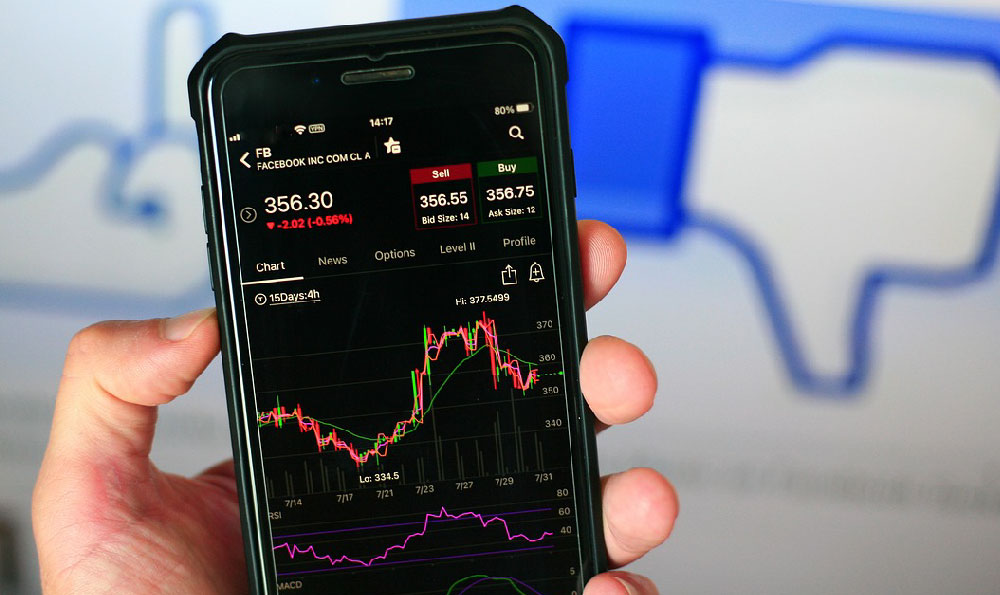Maximize Uber Earnings with Pro Tips
To truly unlock the potential of earning with Uber, drivers must move beyond the basics of accepting rides and focus on a strategic approach that combines efficiency, foresight, and adaptability. There's a wealth of opportunities to optimize both time and income, but it requires a deep understanding of the platform's mechanics and a willingness to analyze local conditions. For instance, mastering the nuances of surge pricing can be a game-changer—by identifying periods of high demand, drivers can adjust their availability to capitalize on premium fares. However, it's essential to balance this with realistic expectations of time investment, as excessive focus on surge zones might lead to longer hours without proportional pay. The key is to create a personalized schedule that aligns with both personal availability and the most lucrative times of the day, ensuring that every hour spent driving is maximized for earnings.
Understanding the local market dynamics is another critical component. Each city has its own rhythm of demand, influenced by factors like population density, transportation infrastructure, and even cultural habits. Drivers who analyze historical data from Uber's app—such as the busiest hours or days—can tailor their work patterns to match these insights. For example, in urban centers with heavy traffic, working during off-peak hours might allow for faster pickups and drop-offs, reducing idle time and increasing the number of trips completed. Conversely, in areas with lower demand, diversifying into different ride types, such as Uber Black for premium passengers or Uber Pool for shared rides, can provide additional income streams. It's also worth exploring how to leverage discounted fares for frequent riders, as consistent trips with loyal passengers can generate steady revenue without relying solely on surge pricing.
Optimizing the vehicle choice is a factor that often goes overlooked but can significantly impact profitability. While a newer car might seem appealing, its maintenance costs could outweigh the benefits. Instead, drivers should evaluate the cost-effectiveness of their current vehicle—factoring in fuel efficiency, repair history, and depreciation—before deciding whether to upgrade. For instance, a compact car with lower fuel consumption might be more suitable for drivers who prioritize costs over comfort. On the other hand, drivers in high-demand areas might benefit from a larger vehicle that can accommodate more passengers or be used for different ride types. Additionally, staying updated with Uber's vehicle eligibility criteria and performance metrics can help drivers identify when an upgrade is necessary to access higher-earning tiers.

Efficiency in route planning and time management is another area where drivers can unlock value. Using real-time traffic data to avoid congested areas not only saves time but also ensures that drivers can reach locations faster, potentially increasing the number of passengers they can serve in a single shift. It's also important to plan for unexpected delays, such as car troubles or weather-related disruptions, by maintaining a buffer in scheduling. For example, drivers who work during peak hours should allocate extra time for travel between pickups, as extended wait times can reduce overall earnings. Furthermore, developing a habit of tracking key metrics—such as average earnings per hour, number of trips completed, and passenger ratings—can provide valuable insights into how to refine work practices. This data-driven approach allows drivers to identify patterns, like which routes yield the highest income or which days require more proactive scheduling, and adapt accordingly.
Personal financial management plays an equally vital role in maximizing earnings. Drivers should treat their rides as a business, setting aside a portion of income for expenses like fuel, maintenance, and insurance. It's also wise to minimize unnecessary costs, such as opting for cheaper vehicle insurance plans or using cost-effective alternative transportation to reach pick-up points. Keeping a record of all earnings and expenses can help drivers assess profitability over time, whether by analyzing monthly income statements or tracking fuel costs against ride revenue. Moreover, drivers who avoid costly behaviors, like allowing passengers to overpay by ensuring accurate trip charges, can increase their net income. This meticulous attention to financial details ensures that every ride contributes meaningfully to long-term profitability.
Lastly, ensuring a high level of service quality is crucial for building a loyal customer base and maintaining a reputation that leads to more ride opportunities. Drivers who consistently provide friendly, punctual, and well-maintained rides are more likely to receive positive ratings, which in turn influence Uber's algorithm to assign more profitable trips. Building a solid network of regular passengers can also create a steady flow of income, reducing reliance on unpredictable surge pricing. In addition, drivers should be prepared to adapt to changing circumstances, such as holidays or special events, which can dramatically shift demand patterns. By staying flexible and open to evolving market conditions, drivers can position themselves to not only meet but exceed earnings potential.
Ultimately, maximizing earnings with Uber requires a combination of strategic planning, technical know-how, and a keen awareness of the local market. Drivers who take the time to analyze their work patterns, optimize their vehicle selection, and maintain a high level of service are more likely to achieve long-term financial success. The journey to maximizing income is not about chasing every surge or accepting every ride, but about making informed decisions that align with personal goals and market realities. By adopting a proactive, data-driven mindset, drivers can transform their Uber experience into a powerful tool for financial growth.


